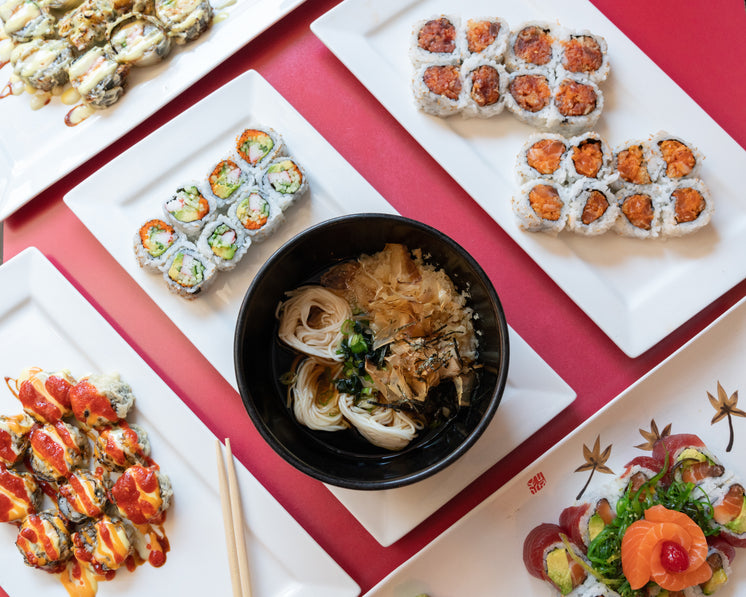 Walking into a busy Thai restaurant, you are immediately met with an intoxicating symphony of aromas. The air is heavy with the sharp scent of lemongrass, the distinct punch of galangal, and the sweet, creamy promise of coconut milk. It is a sensory preview of the culinary adventure to come. For many food lovers, writing a Thai food review is both a joy and a difficult task, an attempt to capture the dynamic and complex dance of flavors that defines this popular cuisine. A truly great review goes beyond simply stating whether a dish was good or bad; it dives into the essence of what makes Thai food so uniquely compelling.
Walking into a busy Thai restaurant, you are immediately met with an intoxicating symphony of aromas. The air is heavy with the sharp scent of lemongrass, the distinct punch of galangal, and the sweet, creamy promise of coconut milk. It is a sensory preview of the culinary adventure to come. For many food lovers, writing a Thai food review is both a joy and a difficult task, an attempt to capture the dynamic and complex dance of flavors that defines this popular cuisine. A truly great review goes beyond simply stating whether a dish was good or bad; it dives into the essence of what makes Thai food so uniquely compelling.The initial benchmark of any genuine Thai restaurant is its Tom Yum Goong. This iconic soup is a litmus test for the kitchen's harmony and willingness to use spice. A spoonful should be an event. The first acidic bite from lime juice and lemongrass hits first, quickly followed by the intense heat of bird's eye chilies. Then, the deep umami richness of a expertly prepared shrimp stock ties it all together. A review that notes a "expertly blended Tom Yum" where no single flavor overpowers the others, but instead they all create a chorus, speaks volumes about the chef's skill. On the other hand, a bland or uninspired Tom Yum is often the first sign that the kitchen might be watering things down for less adventurous palates.
No discussion of Thai food is complete without Pad Thai. This famous stir-fried noodle dish is a global favorite, yet it is often a dish that distinguishes mediocre restaurants from exceptional ones. A great Pad Thai review will mention the texture of the rice noodles, which should be tender but still have a slight chew. The sauce should be a delicate balance of sweetness, from palm sugar, and sourness, from tamarind, with a touch of saltiness from fish sauce. It should never be too sugary or ketchup-heavy. The presence of plump, fresh shrimp, firm tofu, and the essential topping of peanut crumbs and a wedge of lime are all key elements that elevate a review from generic to helpful.
For those seeking a true taste of Thailand's traditional cooking, Som Tum, or green papaya salad, is a must-order. A review of this dish reveals a lot about the diner's preferences and the restaurant's faithfulness to tradition. The ideal Som Tum is a celebration of textures and tastes. The shreds of unripe papaya provide a crunchy, refreshing base for a dressing that is very hot, tangy, and slightly sweet all at once. The pungent note of fermented fish sauce and the briny pop of dried shrimp add layers of richness. A review that praises the "fearless spiciness" and "textural carnival" of the Som Tum indicates a restaurant that is not compromising on flavor.
When reviewing curries, precision is key. Distinguishing between a thick, mild Panang Curry and a sharp, herbal Green Curry shows a better insight. A good Panang review will note the creaminess of the coconut milk, the aroma of roasted peanuts, and the quality of the beef. A Green Curry review, on the other hand, should highlight the intense spice from fresh green chilies and the characteristic aroma of Thai basil and kaffir lime leaves. Mentioning the freshness of the ingredients, such as fresh basil versus dried, or the use of eggplants that remain firm, adds a level of detail that is invaluable to fellow diners.
The final act of any Thai meal, the desserts, also deserve careful mention. Mango with Sticky Rice is a classic for a reason. A review should note the ripe, sweet flavor of the mango against the a bit savory, creamy coconut sauce poured over steaming, glutinous rice. The difference is what makes the dish magical. Describing the feel of the rice and the quality of the mango can be the difference between a simple recommendation and a compelling reason to save room for dessert.
In the end, a stellar Thai food review does more than just list dishes and assign a rating. It captures the spirit of the experience. It comments on the service, whether it was polite and quick or harried and cold. It mentions the atmosphere, from the bustling energy of a family-run eatery to the contemporary decor of a fine-dining restaurant. It acknowledges the value, weighing the quality and amount of food against the price. The most valuable reviews tell a story. They convey the joy of discovering a ideal flavor, the tingling lips from a genuinely spicy dish, and the satisfying nature of a meal that feels both exciting and nourishing. They guide readers why not check here just to a decent plate of food, but to an authentic and unforgettable taste of Thailand.